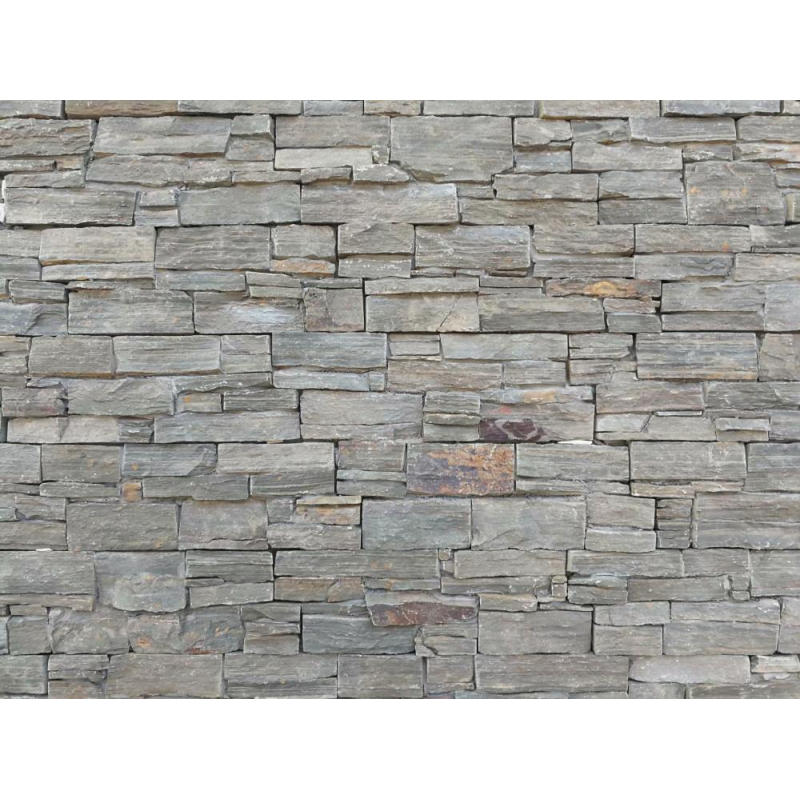
Đá tự nhiên là một trong những vật liệu được sử dụng phổ biến nhất được sử dụng trong nhà và vườn. Nhưng bạn đã bao giờ dừng lại để tự hỏi những viên đá, gạch hoặc sàn nhà cụ thể của bạn đến từ đâu chưa?

Natural stone was created thousands of years ago when the Earth was just a ball of mineral gases. As these gases began to cool down, they compressed and solidified to form the world we know today. It was during this process that natural stone was formed – the type of stone created depends on what type of minerals were combined at that time. This was a slow process that occurred over millions of years. As the Earth began to settle, many of these seams of stone were gradually pushed to the surface by heat and pressure, creating the large formations we see today.
Stone can come from anywhere in the world, and the type of stone is determined by its origins. There are quarries in America, Mexico, Canada, Italy, Turkey, Australia, and Brazil, as well as many other countries around the globe. Some countries have multiple natural stone quarries, whilst others only have a few. Let’s look in closer detail at where particular stones originate and how they were formed.
Đá hoa is the result of limestone that has been altered through heat and pressure. It’s a versatile stone that can be used on virtually anything – statues, stairs, walls, bathrooms, counter tops, and more. Usually seen in white, marble is also common in black and grey tints, and has great weather endurance.
thạch anh bắt nguồn từ đá sa thạch đã bị biến đổi thông qua nhiệt và nén. Đá chủ yếu có màu trắng, nhưng cũng có thể được tìm thấy với các tông màu nâu, xám hoặc xanh lục. Đây là một trong những loại đá tự nhiên cứng nhất, khiến nó trở thành sự lựa chọn tuyệt vời để xây dựng mặt tiền, mặt bàn và các công trình khác yêu cầu đá chịu lực cao.
đá granit ban đầu là một loại đá lửa đã tiếp xúc với magma (dung nham) và bị biến đổi khi tiếp xúc với các khoáng chất khác nhau. Đá thường được tìm thấy ở các quốc gia từng chứng kiến hoạt động núi lửa cao vào một thời điểm nào đó và có rất nhiều màu sắc khác nhau từ đen, nâu, đỏ, trắng và hầu hết tất cả các màu ở giữa. Đá granite là một lựa chọn tuyệt vời cho nhà bếp và phòng tắm do tính chất kháng khuẩn của nó.
Đá vôi là kết quả của sự nén san hô, vỏ sò và các sinh vật biển khác lại với nhau. Có hai loại đá vôi, loại cứng hơn chứa nhiều canxi và loại mềm hơn chứa nhiều magiê hơn. Đá vôi cứng thường được sử dụng trong ngành xây dựng, hoặc nghiền nhỏ và dùng làm vữa do tính chất chống thấm nước của nó.
đá xanh is sometimes referred to as basalt, and is one of the most common natural stones around the world. Bluestone forms through the alteration of lava, and because of this, is one of the closest stones to the Earth’s surface. Basalt is generally darker in colour, and is used as house roofing and floor tiles because of its hard texture.
Đá phiến được tạo ra khi trầm tích đá phiến và đá bùn bị biến đổi do nhiệt và áp suất. Có sẵn các màu từ đen, tím, xanh dương, xanh lá cây và xám, đá phiến đã trở thành lựa chọn phổ biến để lợp mái vì nó có thể được cắt mỏng và chịu được nhiệt độ lạnh với mức độ hư hại tối thiểu. Đá phiến cũng thường được sử dụng làm gạch lát sàn do tính chất bền bỉ của nó.
travertine is created when floodwaters wash through limestone, leaving mineral deposits throughout. As it dries out, the extra minerals solidify to gradually create a much denser material called travertine. This stone is good as a replacement for marble or granite, as it’s much lighter and easier to work with, yet still durable. For this reason travertine is often used on floors or walls, and is estimated to last around fifty years if maintained regularly.